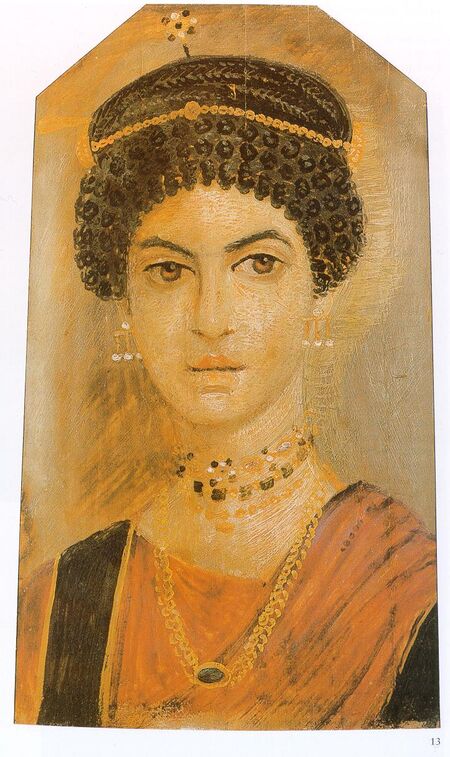Giacomo Balla was born in Turin, in the Piedmont region of Italy. He was the son of a photographer and as a child studied music.
At age nine, after the death of his father, he gave up music and began working in a lithograph print shop. By age 20, his interest in visual art had developed to such a level that he decided to study painting at local academies, and several of his early works were shown at exhibitions. Following academic studies at the University of Turin, Balla moved to Rome in 1895, where he met and later married Elisa Marcucci. For several years he worked in Rome as an illustrator, caricaturist and portrait painter. In 1899, his work was exhibited at the Venice Biennale, and in the ensuing years his art was shown at major exhibitions in Rome and Venice, as well as in Munich, Berlin and Düsseldorf, at the Salon d'Automne in Paris, and at galleries in Rotterdam.
Around 1902, he taught Divisionist techniques to Umberto Boccioni and Gino Severini. Influenced by Filippo Tommaso Marinetti, Giacomo Balla adopted the Futurism style, creating a pictorial depiction of light, movement and speed. He was a signatory of the Futurist Manifesto in 1910, and he began to design Futurist furniture, as well as so-called Futurist "antineutral" clothing. Typical for his new style of painting is Dynamism of a Dog on a Leash (1912) and his 1914 work Abstract Speed + Sound (Velocità astratta + rumore). In 1914, Balla began working as a sculptor, creating, in 1915, the well-known work titled Boccioni's Fist.
During World War I, Balla's studio became a meeting place for young artists.
In 1935, he was made a member of Rome's Accademia di San Luca.
In 1955, Balla participated in the documenta 1 in Kassel.
Balla's 1909 painting The Street Light typifies his exploration of light, atmosphere, and motion.
Balla's most famous works, such as his 1912 Dynamism of a Dog on a Leash where efforts to express movement – and thus the passage of time – through the medium of painting. One of Balla's main inspirations was the chronophotography of Étienne-Jules Marey.
Balla's 1912 The Hand of the Violinist depicts the frenetic motion of a musician playing, and draws on inspiration from Cubism and the photographic experiments of Marey and Eadweard Muybridge.
In his abstract 1912–1914 series Iridescent Interpenetration, Balla attempts to separate the experience of light from the perception of objects as such.
Abstract Speed + Sound (1913–14) is a study of speed symbolised by the automobile. Originally, it may have been part of a triptych.
Balla's 1914 series Mercury Passing Before the Sun depicts the November 17, 1914 transit of Mercury across the face of the Sun. Balla created at least a dozen versions and studies of this work.
In 1987, some of his artworks were exhibited at documenta 8, an exhibition of modern art and contemporary art which takes place every five years in Kassel, Germany
_________________________________
 Carlo Carra, (born February 11, 1881, Quargnento, Italy—died April 13,
1966, Milan), one of the most influential Italian painters of the first
half of the 20th century. He is best known for his still lifes in the
style of Metaphysical painting.
Carlo Carra, (born February 11, 1881, Quargnento, Italy—died April 13,
1966, Milan), one of the most influential Italian painters of the first
half of the 20th century. He is best known for his still lifes in the
style of Metaphysical painting.Carrà studied painting briefly at the Brera Academy in Milan, but he was largely self-taught. In 1909 he met the poet Filippo Marinetti and the artist Umberto Boccioni, who converted him to Futurism, an aesthetic movement that exalted patriotism, modern technology, dynamism, and speed. Carrà’s most famous painting, The Funeral of the Anarchist Galli (1911), embodies Futurist ideals with its portrayal of dynamic action, power, and violence.
With the advent of World War I, the classic phase of Futurism ended. Although Carrà’s work from this period, such as the collage Patriotic Celebration, Free Word Painting (1914), was based on Futurist concepts, he soon began to paint in a style of greatly simplified realism. Lot’s Daughters (1915), for example, represents an attempt to recapture the solidity of form and the stillness of the 13th-century painter Giotto. Carrà’s new style was crystallized in 1917 when he met the painter Giorgio de Chirico, who taught him to paint everyday objects imbued with a sense of eeriness. Carrà and de Chirico called their style pittura metafisica (“Metaphysical painting”), and their works of this period have a superficial similarity.
In 1918 Carrà broke with de Chirico and Metaphysical painting. Throughout the 1920s and ’30s, he painted melancholy figurative works based on the monumental realism of the 15th-century Italian painter Masaccio. Through such moody but well-constructed works as Morning by the Sea (1928), and through his many years of teaching at the Milan Academy, he greatly influenced the course of Italian art between the World Wars.


Δεν υπάρχουν σχόλια:
Δημοσίευση σχολίου